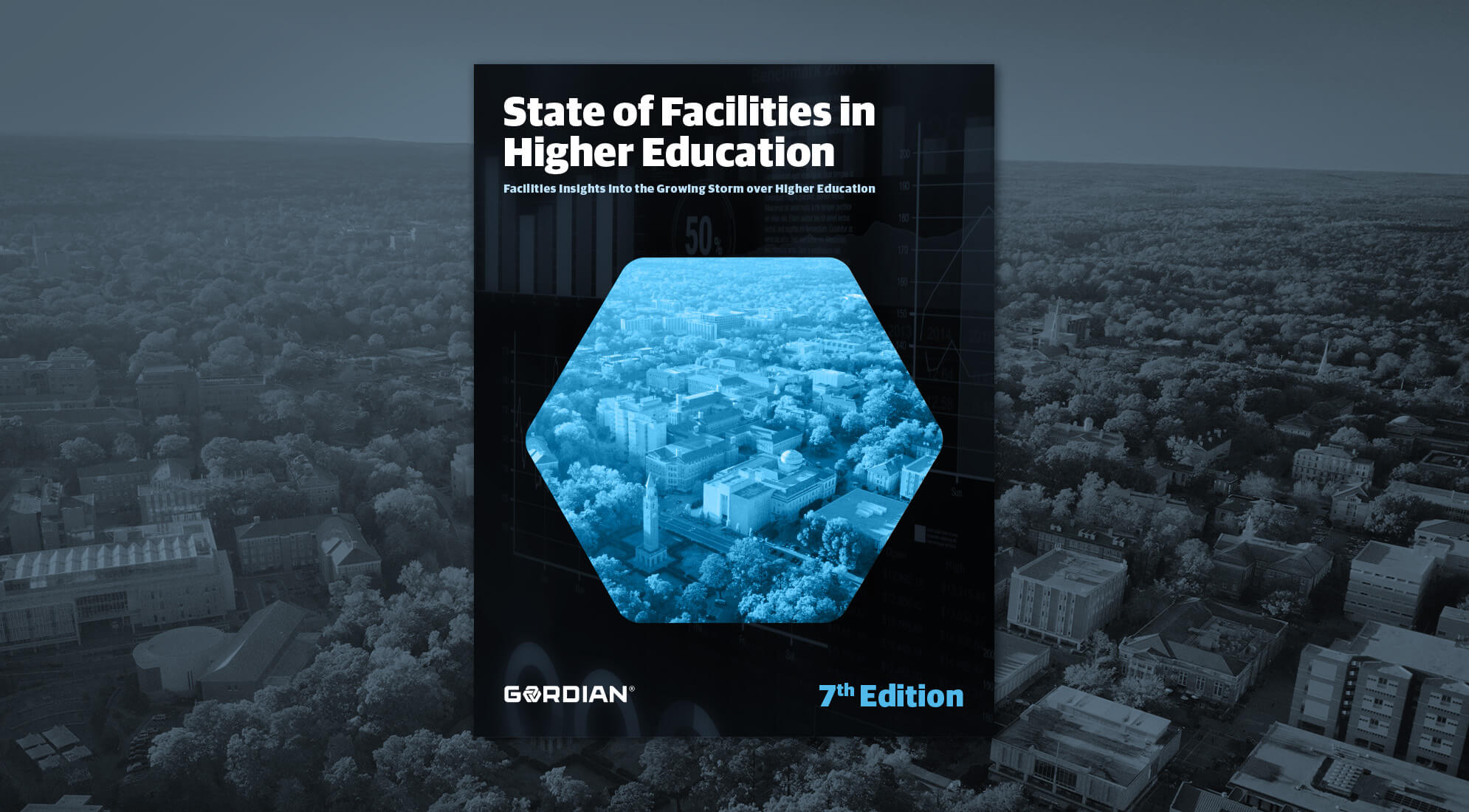Managing a built environment is a challenging, multi-faceted task. In some sectors, facilities managers have regulatory compliance, fire and life safety, maintenance and operations, construction, energy efficiency and customer satisfaction issues. And those are only the routine concerns. The COVID-19 pandemic only exemplifies the way priorities can change from one moment to the next. Keeping pace with shifting needs and expectations demands constant input and consensus-building on a what the needs are today as well as a keen eye for what the future may bring.
It’s critical that when an expected need arises, facilities managers have a central seat at the decision-making table so they can act quickly, decisively and with the confidence of their respective administrations.
Communicate Facilities’ Needs in Financial Language
One of the primary hurdles that many facilities managers face when communicating with institutional leaders is a language barrier: They must effectively discuss facilities’ issues with leaders who are more comfortable using a financial vocabulary. Putting facilities needs in a financial context takes a practiced hand. Speaking about physical asset in abstractions like “risk management”, “return on investment”, and “strategic portfolios” can feel uncomfortable to facilities managers who are used to speaking in concrete absolutes. However, addressing other decision-makers in their own language changes the conversation and puts physical assets on a level playing field with other priorities.
For insights into the trends that are shifting the higher education landscape and how those trends challenge traditional facilities management strategies, download our free report, “The State of Facilities in Higher Education, 11th Edition.”
Create Alignment Between Facilities and Programs
Leaders often view facilities management as a choice between programmatic improvements and building improvements. One reason for this perspective is a frequent misalignment of priorities between facilities and mission programs, who both feel as though their needs are more critical than the other’s. Creating a pathway for transparent and consistent communication between these two groups can allow their needs to be framed in a more constructive environment than a contentious budget meeting.
Developing that environment requires finding facilities’ needs that align with programmatic ones. Perhaps there is a building that is demanding on maintenance and failing to meet the needs of the program that calls it home. This is an opportunity to align priorities that must be taken advantage of.
Finding win-wins and aligning facilities with organizational mission before budgetary decisions are made creates shared objectives and a commitment to putting the institution’s priorities above all else. Such a commitment helps groups at the highest levels of leadership gain confidence in each other.
Want to know more about how healthcare decision-makers define and describe their facilities challenges? Download our free eBook, “Vital Signs: The Status of Facilities in the Healthcare Industry.”
Foster Trust with Facilities Data
While short-term alignment is important for building confidence in the present, ongoing trust is developed by creating long-term alignment between the institution’s growth plans and the plans for the physical assets themselves. Many institutional plans are created with incomplete information around the largest investment most institutions have made, their buildings and grounds. Closing that information gap with detailed data and robust insights into the resource demands of the physical assets can help leaders feel more confident in their long-term planning efforts.
It can be a challenge to predict programmatic needs in 10 years, but 10 years is a short horizon in the life of a building. With the right facilities data, the risks and rewards of investments made — or not made — into physical assets can be weighed with confidence, creating trust and leadership support.
How Facilities Managers Earn a Seat at the Table
Getting a seat at the decision-makers’ table and changing the attitude about facilities from an expense to be minimized to an investment in the institution’s future takes time and effort. It starts with learning to speak the language of decision-makers and communicating in a way that allows them to compare facilities’ priorities against financial ones. Second, it takes finding short-term alignment with programmatic demands to build trust and show responsibility. Finally, creating facilities intelligence that goes beyond the numbers will support institutional planning and build the confidence of decision-makers who are often stepping out into the unknown.
Negotiating these hurdles can take time and effort, but they are essential skills and strategies for a facilities manager who wants to have a seat at the decision-making table. It is always important to put each facility request in the proper context. Replacing a forty year-old generator or fuel system may not be a top priority during budget discussions, unless that particular request defines how the project supports activities that are critical to institutional mission. Everyone expects the lights to come on and the outlets to work, until they don’t. Then suddenly they become mission critical. On higher ed campuses, inside medical facilities and beyond, it the duty of the facilities manager to communicate that reality and influence decisions accordingly.
Editor’s Note: This blog post was originally authored by Adam Gogolski, Product Manager. It has since been updated with contributions from Mark Kenneday, Director of Market Strategy and Development for Healthcare.







